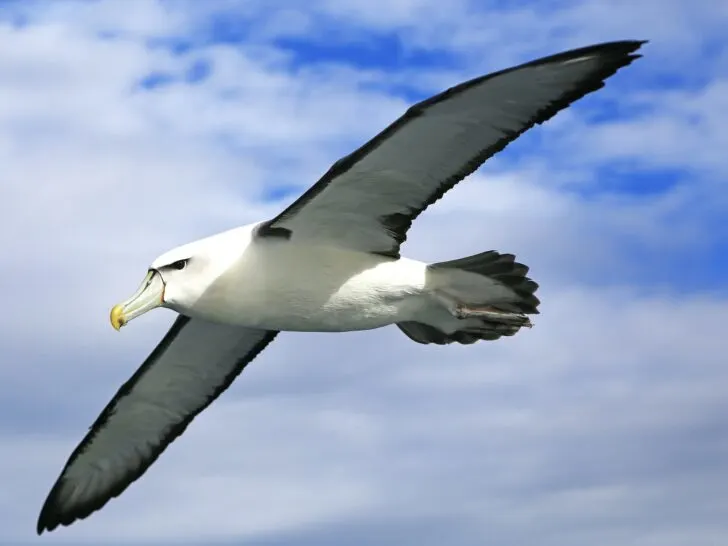An albatross is a score of three under par on a hole.
Unlike an eagle, an albatross is only possible on a Par 5 hole.
Although an albatross is technically possible on a Par 4, it wouldn’t be called an albatross; it would be called a hole-in-one.
Is A Double Eagle The Same As An Albatross?
Yes, they are different terms that have the same meaning.
Both terms indicate that a player scored three under par for a hole.
How Rare Is A Double Eagle?
So rare that even Tiger Woods has never gotten one.
So rare that you have far better odds of getting struck by lightning than making an albatross.
Most pros go their whole lives without one.
Odds Of Making An Albatross
According to pga.com, a few hundred albatrosses, at most, are made per year versus the estimated 40,000 hole in ones per year.

The National Hole-in-One Registry says that the odds of the average golfer making a hole-in-one is 12,500 to 1, and the odds of a PGA Tour player making an ace are 3,000 to 1.
This letter states that the odds of a PGA Tour player making a double eagle is about 72,000 to 1.
The odds of the average player (15-20 handicap) making an albatross?
Over 1 million to 1.
And the odds of a 25+ handicap making one is essentially 0.
According to The Double Eagle Club, only 92 golfers have made an albatross in the history of the PGA Tour.
That’s an average of about two per year.
Albatrosses in Major Championships
Since 1935, when Gene Sarazen made double eagle on hole 15 on Sunday at the Masters, there have been 17 albatrosses made in Major Championship history:
- 4 at the Masters
- 3 at the US Open.
- 7 at The Open Championship
- 3 at the PGA Championship
All have been made on Par 5s, the most recent being Louis Oosthuizen at the Masters in 2012:
How To Get An Albatross
The right conditions are the most important.
Even if you can drive the ball 350 yards, you’re never getting there on a 600-yard uphill Par 5 into the wind.
Now flip that, and make it a 600-yard par 5 downhill, with the wind, at elevation, and with fast and firm fairways, and you have a chance.
Here are just a few of the things that will help you to even have a shot at accomplishing this exceedingly rare feat:
- The ability to hit the ball far
- well over 300 yards with a driver in normal conditions
- A short hole
- <300 yard par 4 or 500 yard par 5
- The right weather and ground conditions
- Wind in your favor, hard and fast fairways, warm temperatures, be at altitude.
- Downhill hole
- The ball will fly and roll further downhill
- Be able to carry areas that the course architect never thought possible
- 300+ yard carry over trees on a dogleg, for example
- A whole lot of luck
- THE MOST IMPORTANT!
Best Albatrosses In PGA Tour History
Related:


